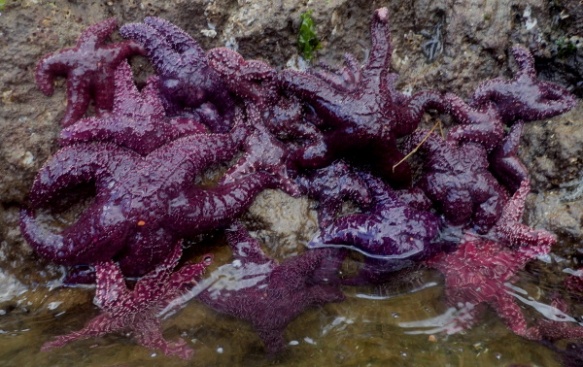There is nothing quite like the experience of nearly being eaten to make you appreciate how fleeting your position atop the food chain is. In the summer of 1993, I became one of the lucky few to acquire this sort of insight.
Backcountry tourists, as opposed to those who live in the wilderness, seem to fall into two equally simple-minded groups. Those of the old school are convinced that behind every bush, a predator lurks expressly for them. They are barely able to stagger down trails under the burden of rifles and grenade launchers. Late-night forays to answer the call of nature are made perilous by the razor wire and minefields they have used to “secure” the camp perimeter. These folks have delusions about their own importance in the scheme of things. Continue reading





